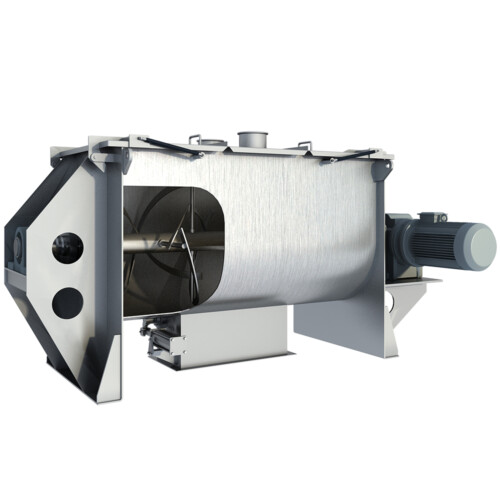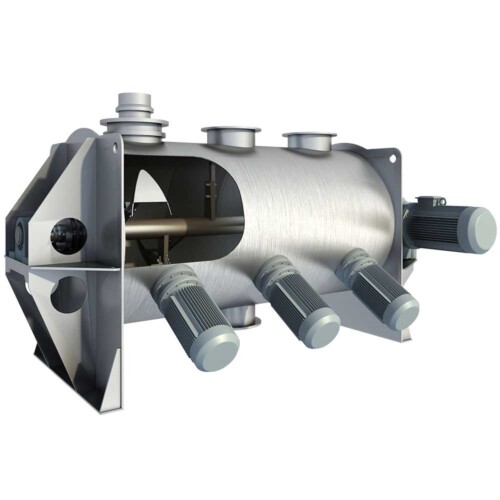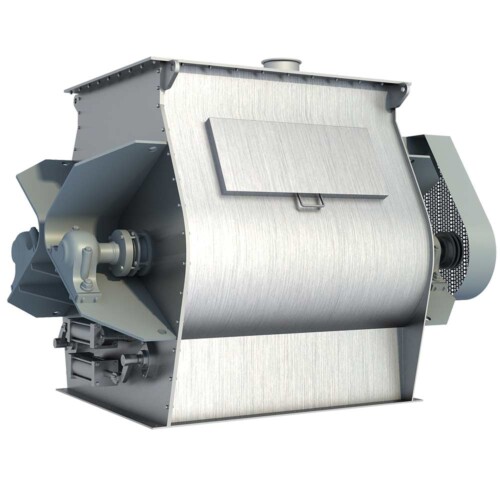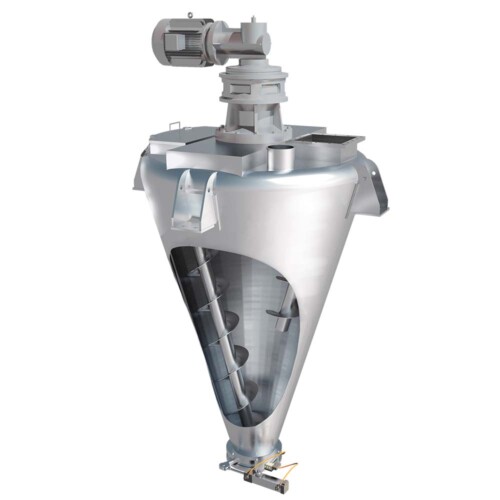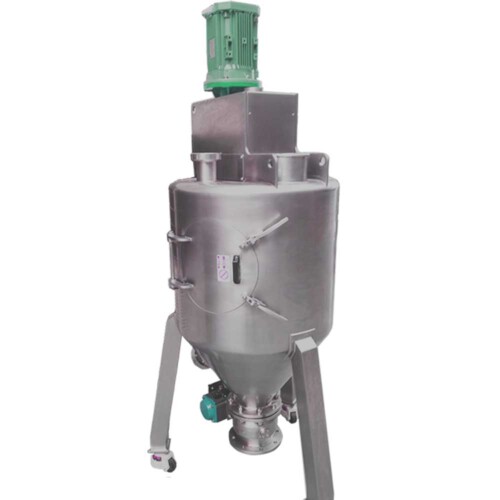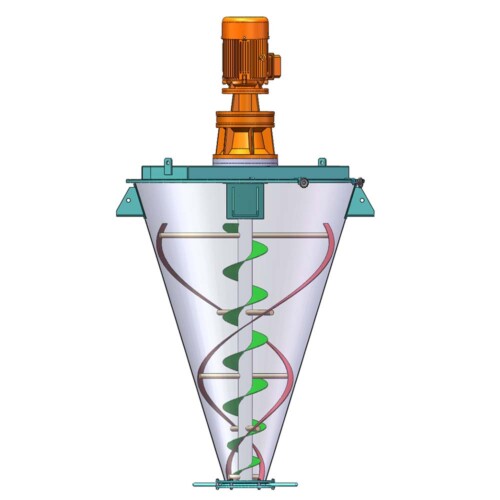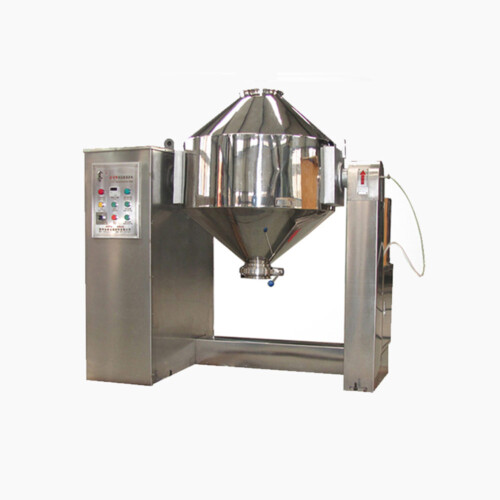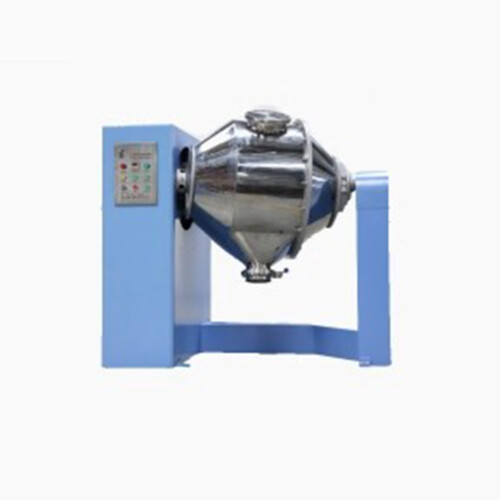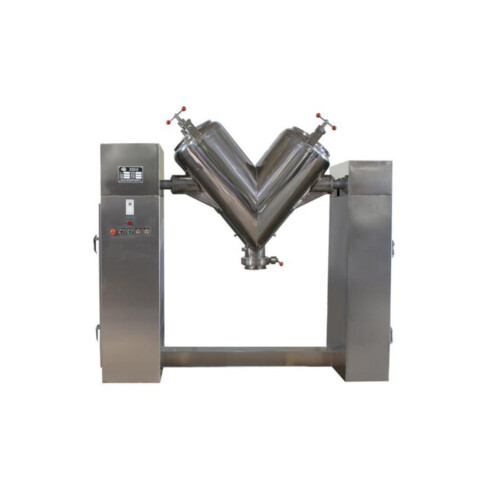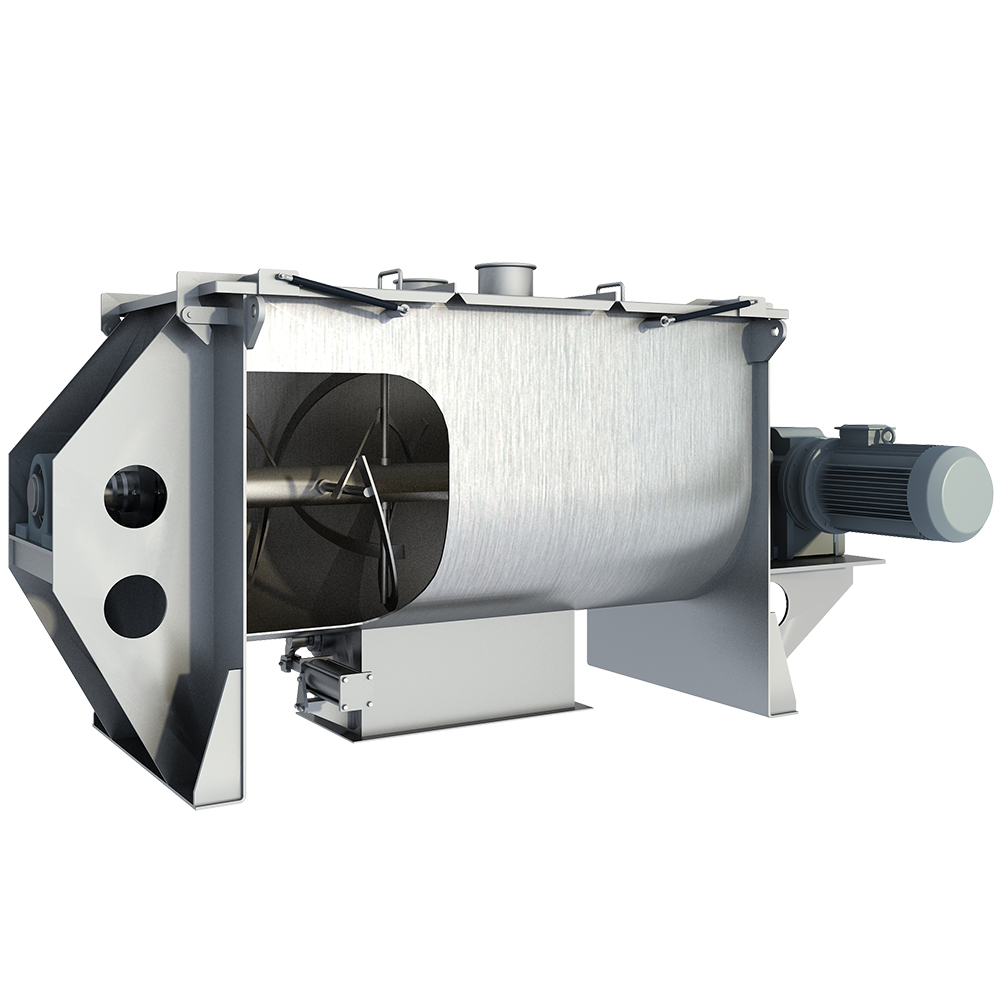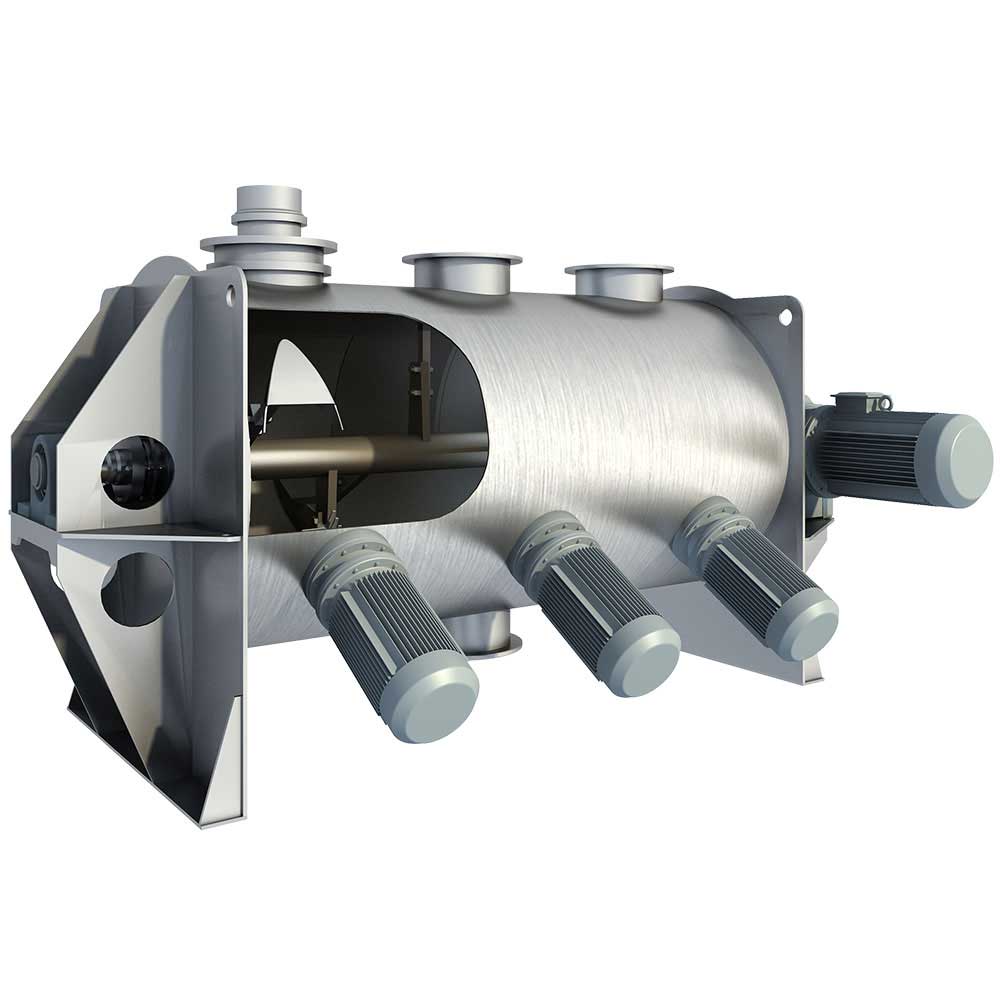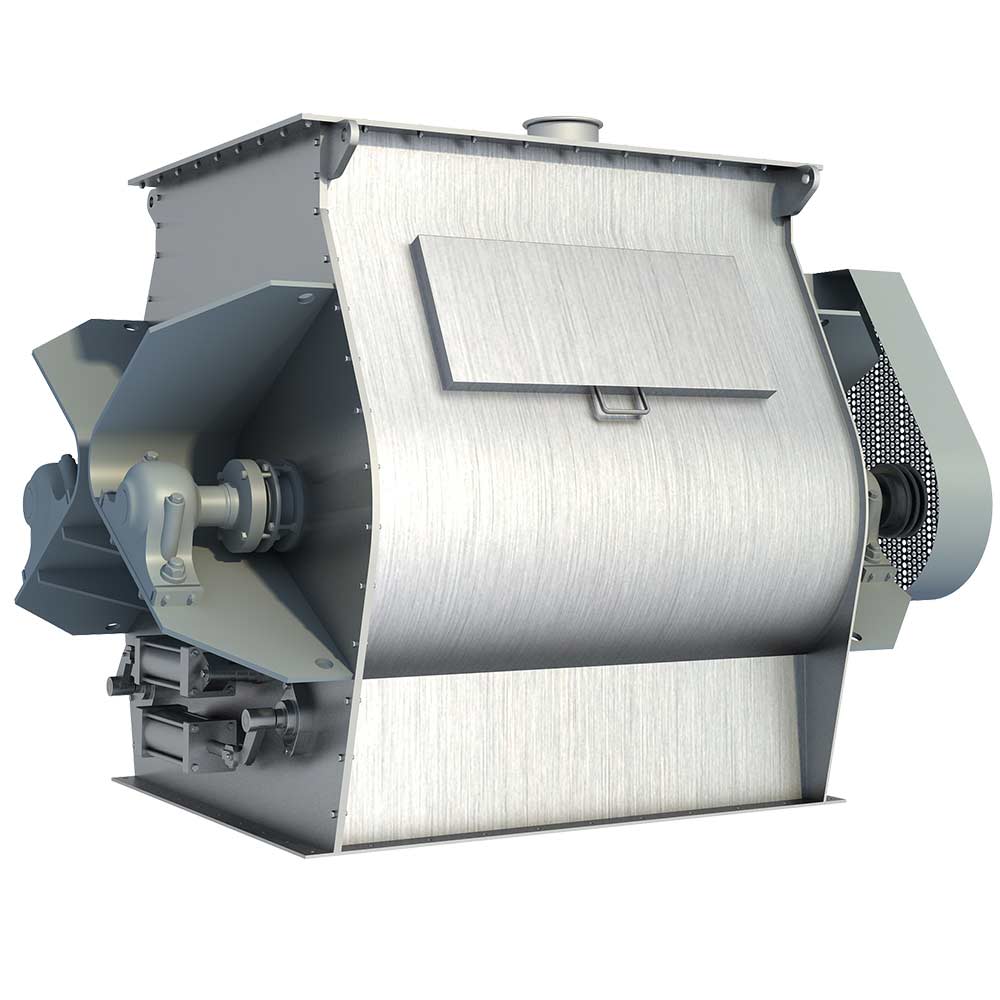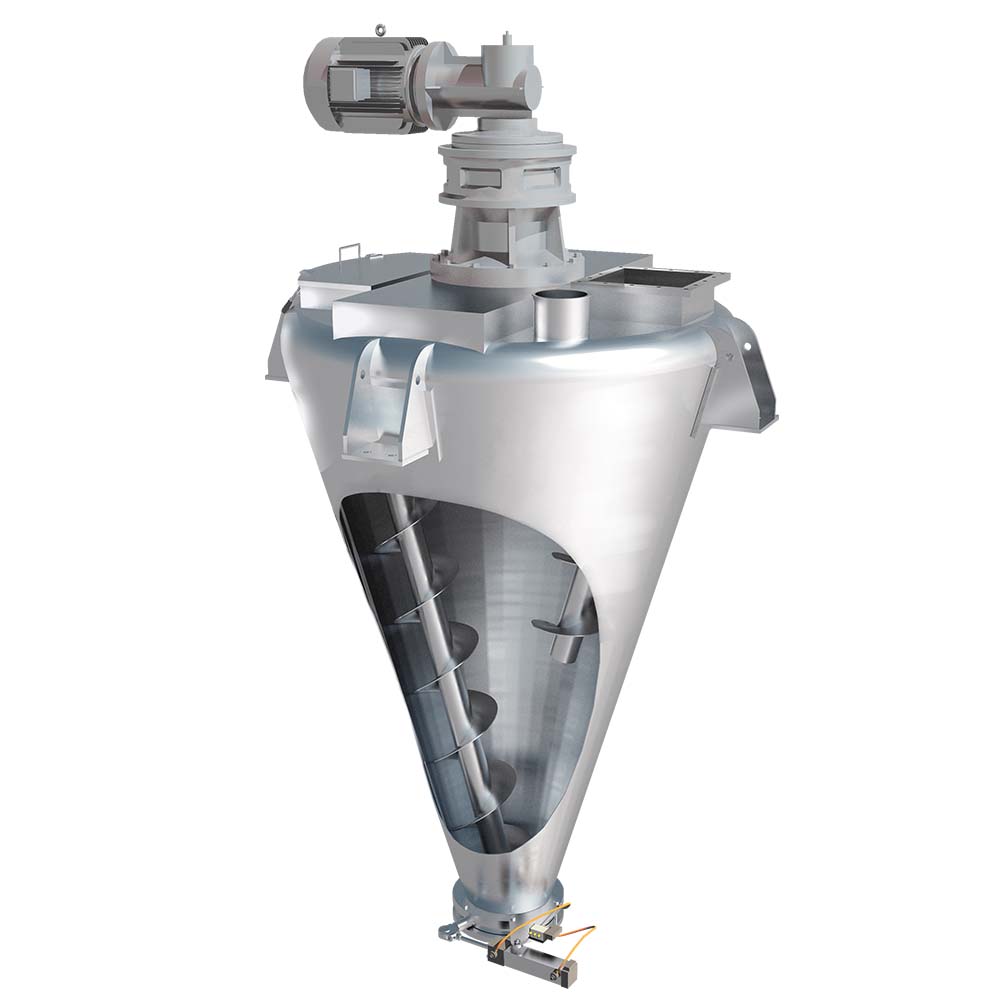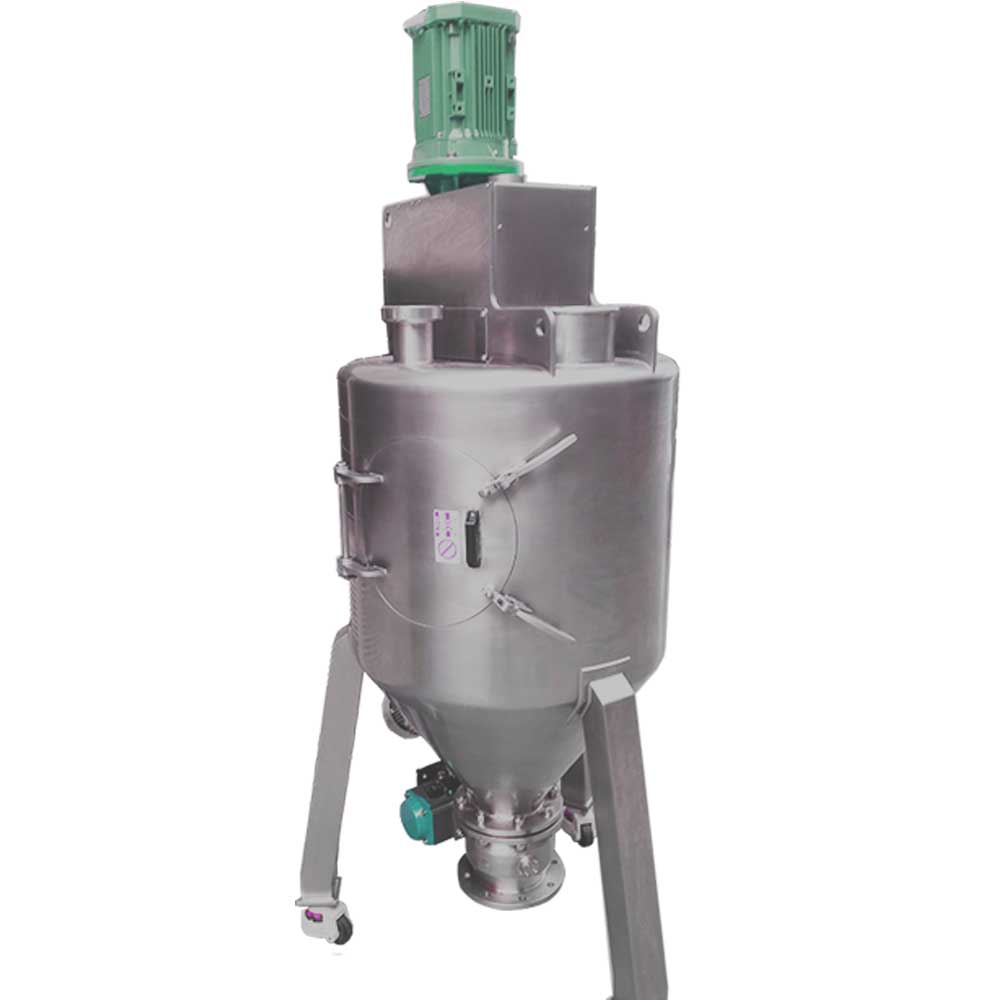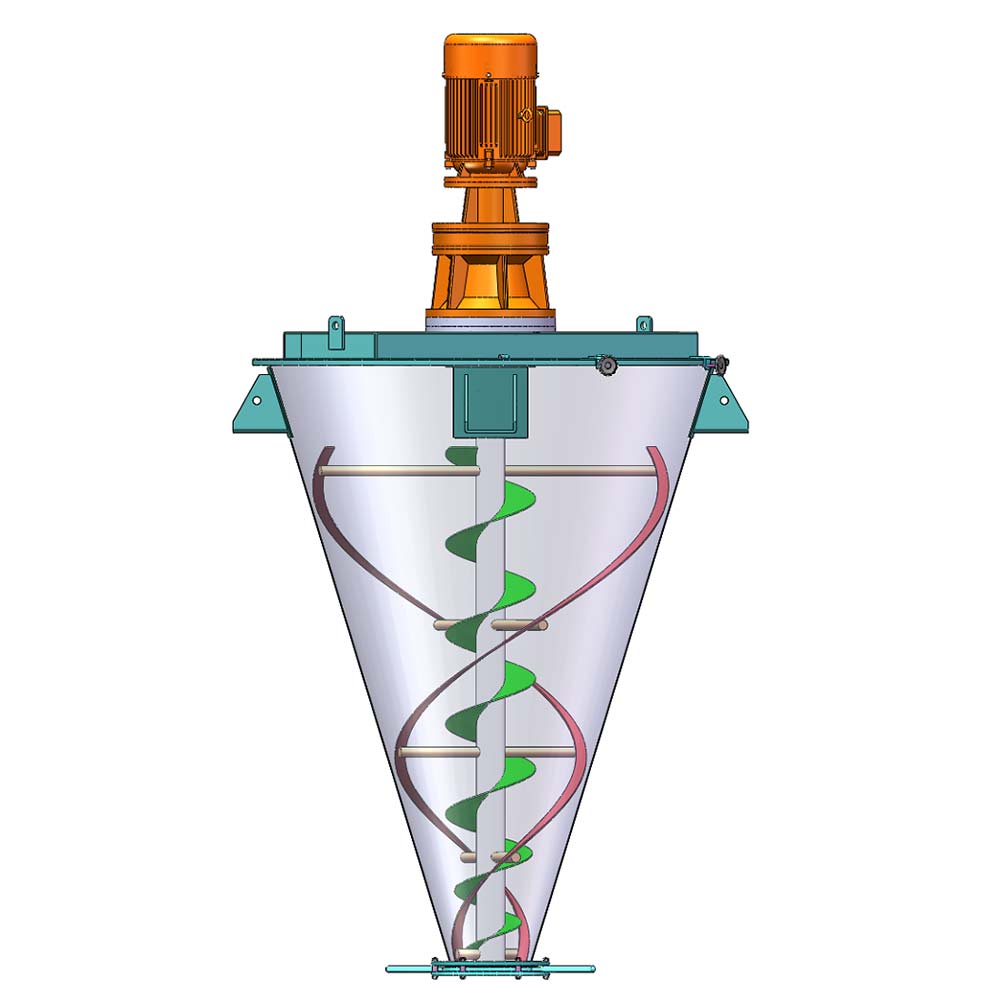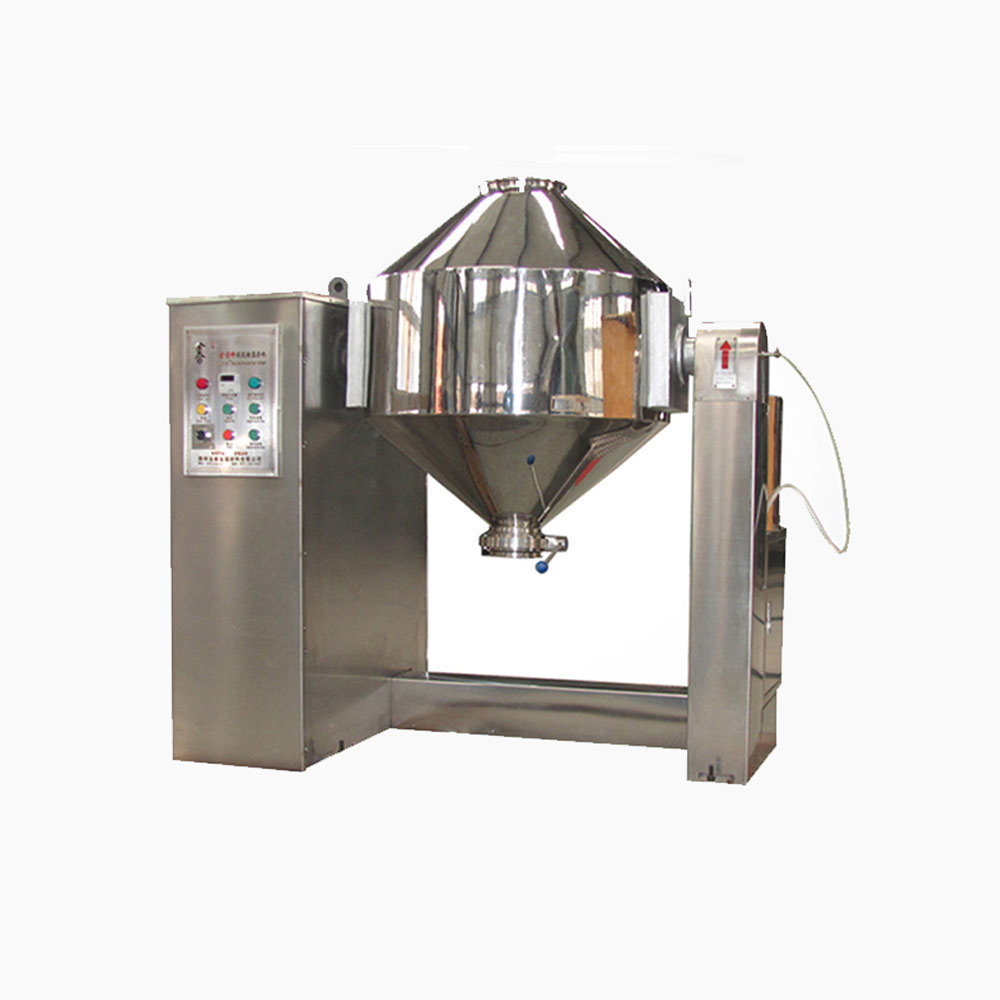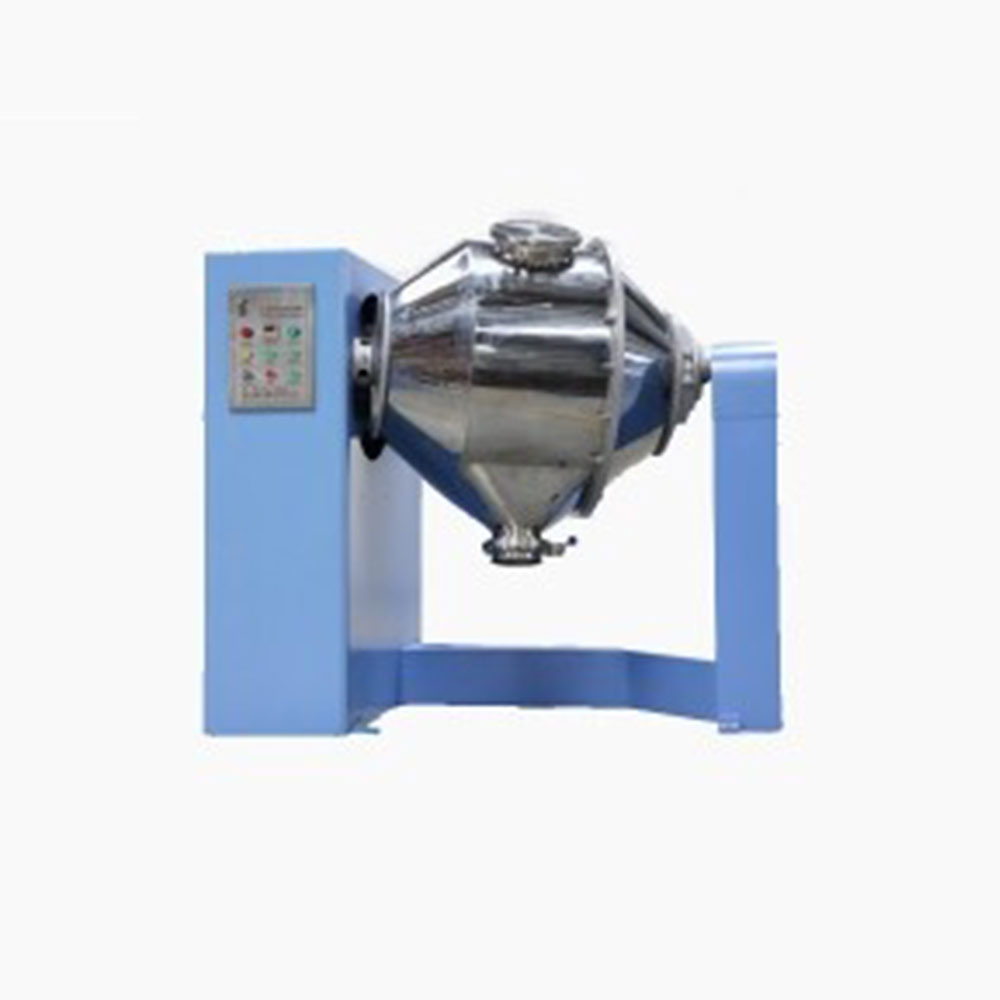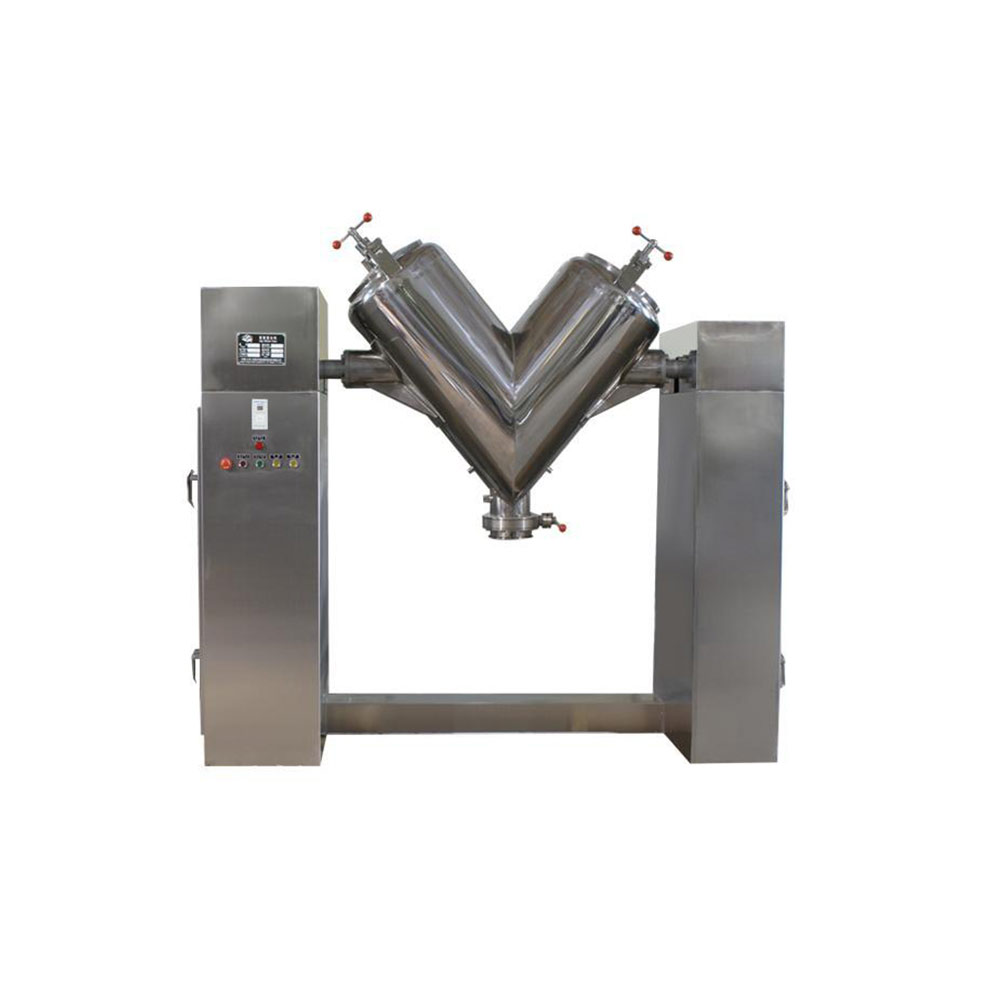Ask An Expert
Frequently Asked Questions
Yes, We can supply simple stand alone panels or automated PLC controlled systems. We normally install and test all controls on our mixers before they are shipped.
Yes, we normally test the mixers before they are shipped and mark out the wire need to connect on the control box.
We manufacture specialty mixing equipment for powder & bulk materials. Included are ribbon blender, plough mixer, conical screw mixer, twin shaft paddle mixer, V blender, double cone blender and other auxiliary equipment such as screw conveyor, quantitive auger filler.
We sell across the world, our cusotmers distribute 5 continents.
Share Us With Your Network
optimize your batch ribbon blender’s efficiency(2)– mixing time
The ribbon blender can achieve complete mixing in a short time — 15 minutes or less — with little possibility of over-mixing or unmixing, especially for ingredients with similar particle sizes and bulk densities. In fact, ingredient particle size and bulk density have the strongest influence on the ribbon blender’s mixing efficiency: The more similar these characteristics are among your ingredients, the faster the ribbon blender can mix them. While developing a product formulation with ingredients of similar particle sizes and densities is a great way to speed mixing, this isn’t always possible. In most applications, the best approach is to ensure that your ribbon blender doesn’t mix any longer than necessary to achieve a complete blend (covered later in this section).
Another strong influence on mixing time is the blender design. The trough and ribbons should be precisely designed and fabricated for your application to ensure fast mixing with well-balanced radial and axial ingredient transfer. For instance, the trough design and ribbon-tip-to-wall clearance should eliminate dead spots where ingredients can stagnate rather than mix. The ribbon width, spacing between the outer and inner ribbons, and ribbon pitch (the distance between spokes supporting the ribbons) should be matched to your ingredients’ characteristics. The trough and agitator should be large enough to provide the throughput capacity your application requires and should be well-made with high-quality welded or molded construction to ensure that they can withstand your mixing conditions without failing and causing maintenance downtime.
The trough and ribbons should be precisely designed and fabricated for your application to ensure fast mixing with well-balanced radial and axial ingredient transfer.
Once you’ve chosen blender components that contribute to fast mixing, you need to invest time and effort in a comprehensive sampling test series, which is a standard way of testing mixers. Such a test series can help you determine precisely when the blender achieves a complete mix and thus can shorten the mixing cycle. You may be able to quickly run the tests on a ribbon blender in the manufacturer’s lab. Or you can run the tests in your own plant so you can run lengthier tests for each of multiple formulations. You can typically rent a ribbon blender from the manufacturer for this purpose, or you may choose to run the test series on your new blender after it’s installed in your plant.
For each test in the series, the ingredients are loaded into the blender, the blender is operated for a period, and mixture samples are taken from different points in the blender at defined intervals. These samples are analyzed to determine how well the ingredients have been mixed at each point in the mixing cycle. When a sample reveals that the ingredients are completely mixed, the mixing cycle is ended to prevent unnecessary over-mixing and unmixing. The sampling test series can save your plant’s resources for years to come by reducing batch cycle time and thus increasing mixing productivity, reducing energy costs, and preventing segregation and other problems that can lead to scrapped batches. The more batches your mixer must produce in a shift or a day, the greater the savings can be. If the sampling test series reveals that your batch takes more than an hour to become completely mixed in the ribbon blender, regardless of the blender’s capacity, there’s probably a more appropriate mixer for your application. In fact, if you’re willing to pay the price, you can usually find another batch mixer that will produce your desired blend in just 15 minutes.

